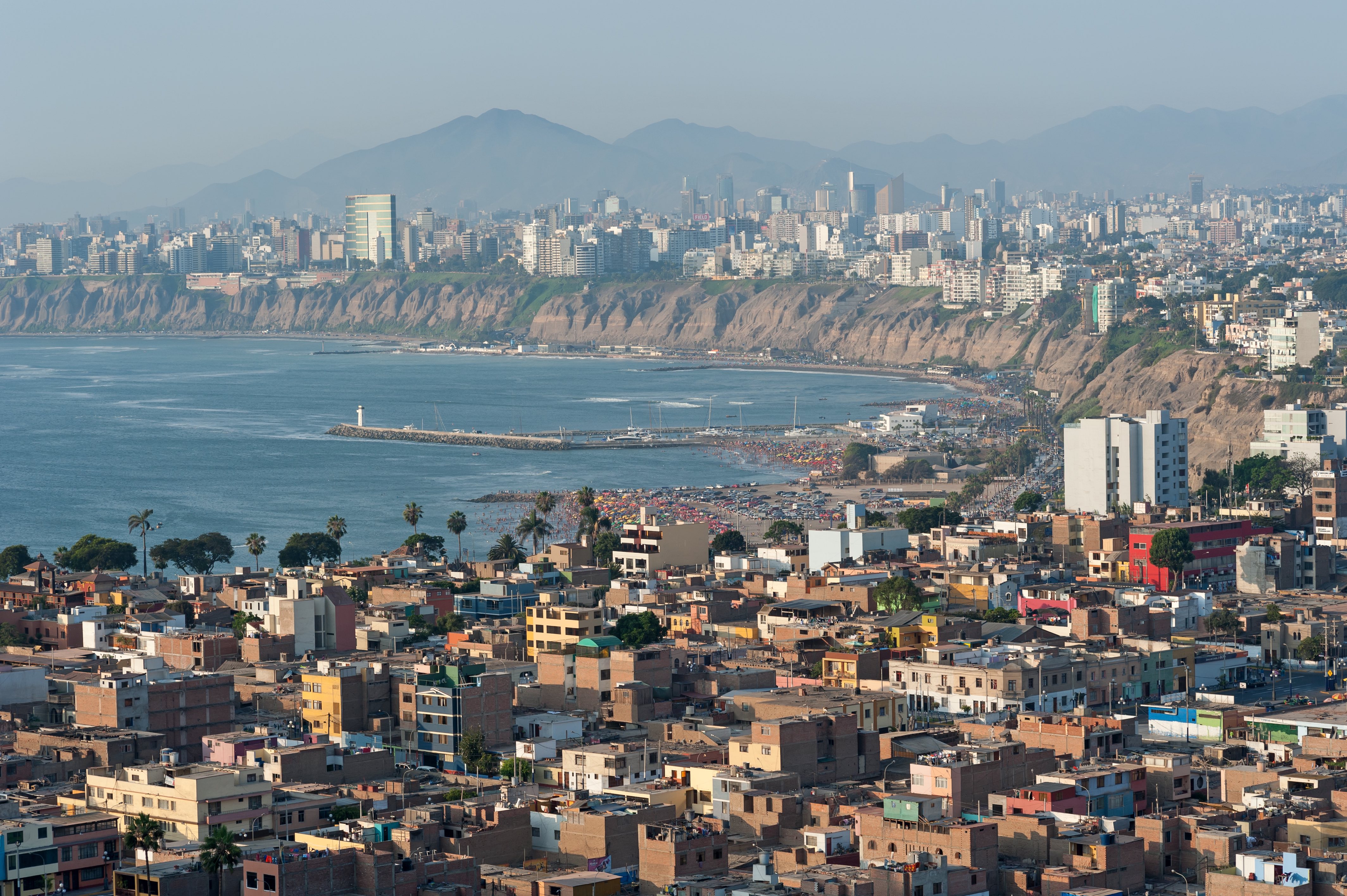
Delving into the power of Quechua literature
We explored the rich literary and storytelling tradition of the language of Quechua with UPenn professor Américo Mendoza-Mori in our latest episode of…
¡Qespichisaqkun!
It is one word in Quechua that is particularly significant in the text of “Katatay,” which means a trembling [“Temblar”], written in Quechua and Spanish by the Peruvian author Jose María Arguedas in 1972.
But perhaps in what was a purposeful decision on the part of Arguedas, who wrote both the Quechua text and its Spanish translation, the phrase’s direct meaning, “Let us liberate ourselves,” does not appear in the Spanish version printed alongside it.
Is it a code message to the more than 10 million people living in Bolivia, Ecuador, and Peru who speak Quechua?
Dr. Américo Mendoza-Mori isn’t sure, but he said that no matter what it is an example of the way that Arguedas crossed the normally defined boundaries of discrimination towards Quechua, as an indigenous language, in the 1970s in Peru.
Arguedas’ creativity as a writer, playing with the possibilities of both the Spanish and Quechua language, allowed him to develop literature that was original, and rooted in an understanding of not just the Quechua language, but the culture, worldview, and cosmology of those who speak it.
Mendoza-Mori observed that one of the issues in appreciating the Quechua language and both its oral storytelling and literary traditions is that for a long time, academia has ignored literature written in indigenous languages.
RELATED CONTENT
That is changing, though, and Mendoza-Mori is one of those who are ensuring that a renewed focus on the language and its study is being cultivated.
Born in Peru, Mendoza-Mori came to the U.S. for his studies. After getting his doctorate degree, he began the Quechua language program as a professor at the University of Pennsylvania — one of the few of its kind in the country.
“It’s a great opportunity to not only teach the language, but also to raise awareness on the relevance of indigenous languages,” he said.
Mendoza-Mori said that the United Nations has declared 2019 the International Year of Indigenous Languages, with the goal of raising awareness of the importance of the many indigenous languages spoken throughout the world. To that end, the UN has created a website that offers resources and a world map with events that are celebrating indigenous languages throughout the world. Here in Philadelphia, the University of Pennsylvania will host an Indigenous Languages Week from Oct. 28 - Nov. 1.
Mendoza-Mori said that he has seen a shift with Alfonso Cuarón’s “Roma,” as well as the upcoming Dora the Explorer Live action film, in which the indigenous languages of Mixteco and Quechua, respectively, are featured.
“Hopefully, by learning more about indigenous languages and literatures, and cultures, we’ll be able to reclaim this power and be proud and be happy of the complexity of identities,” Mendoza-Mori said.



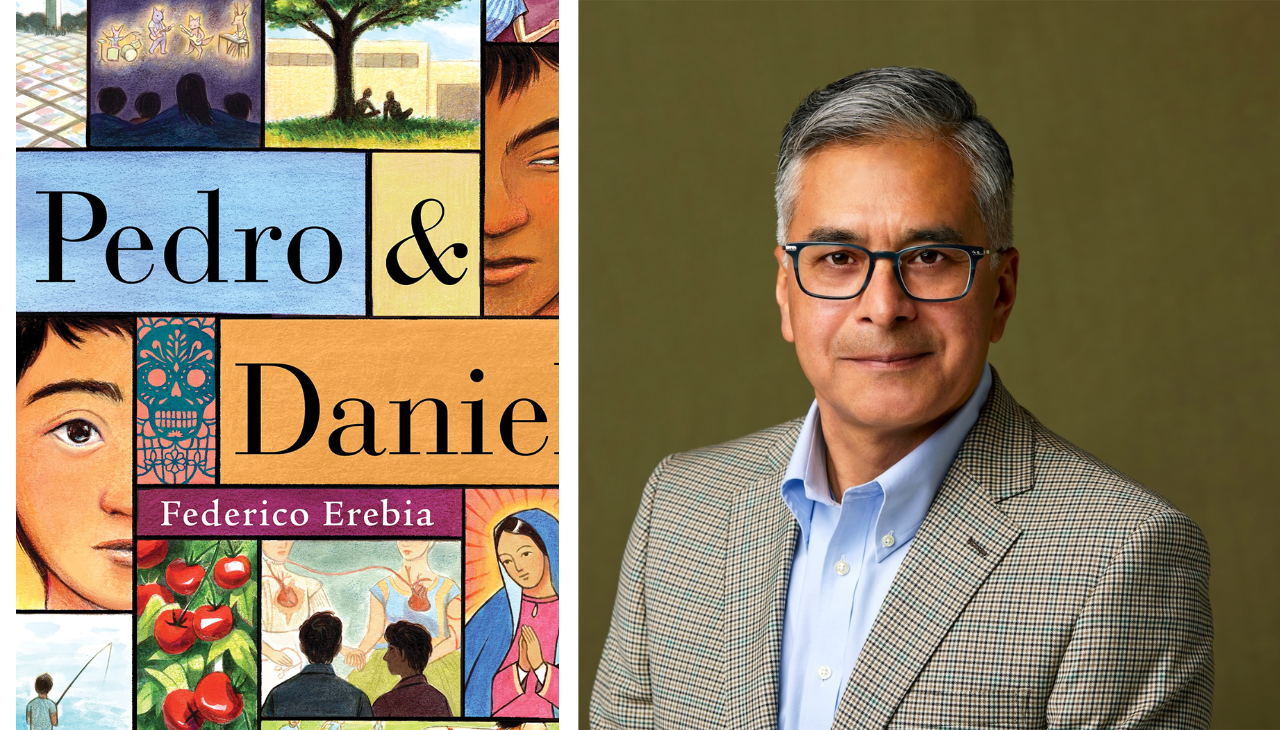
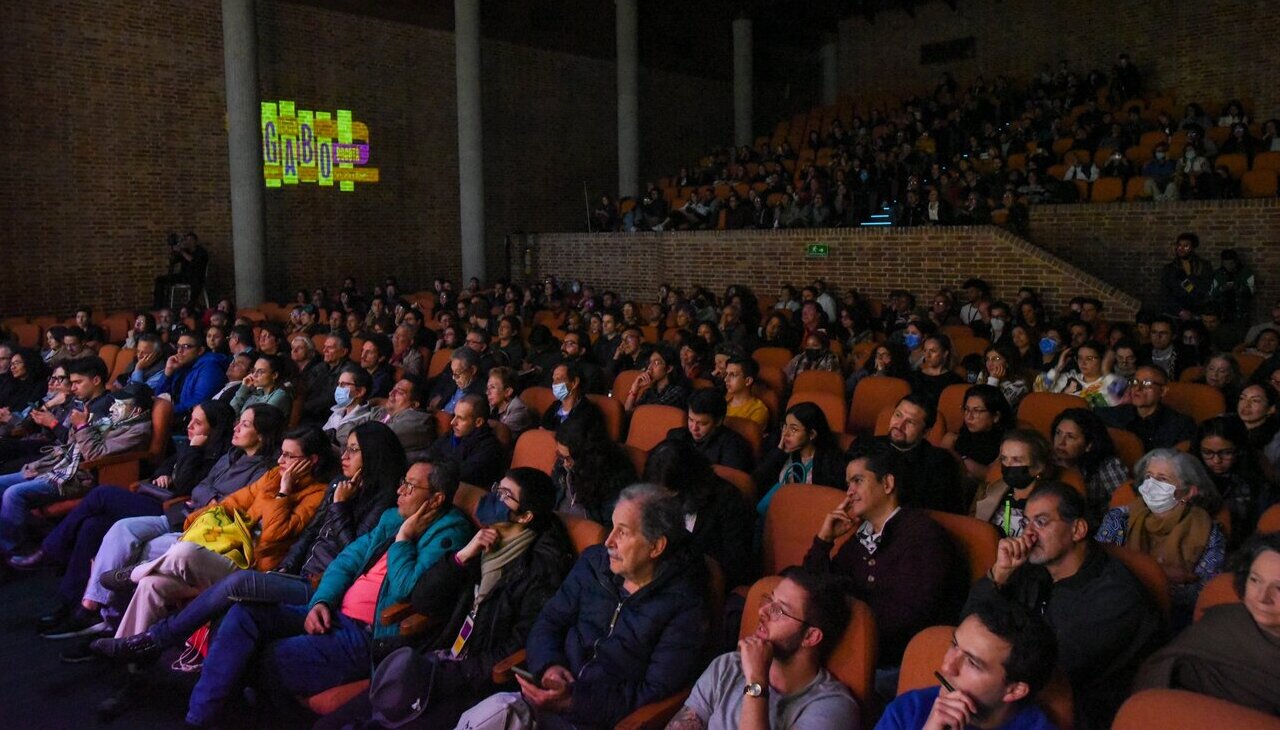
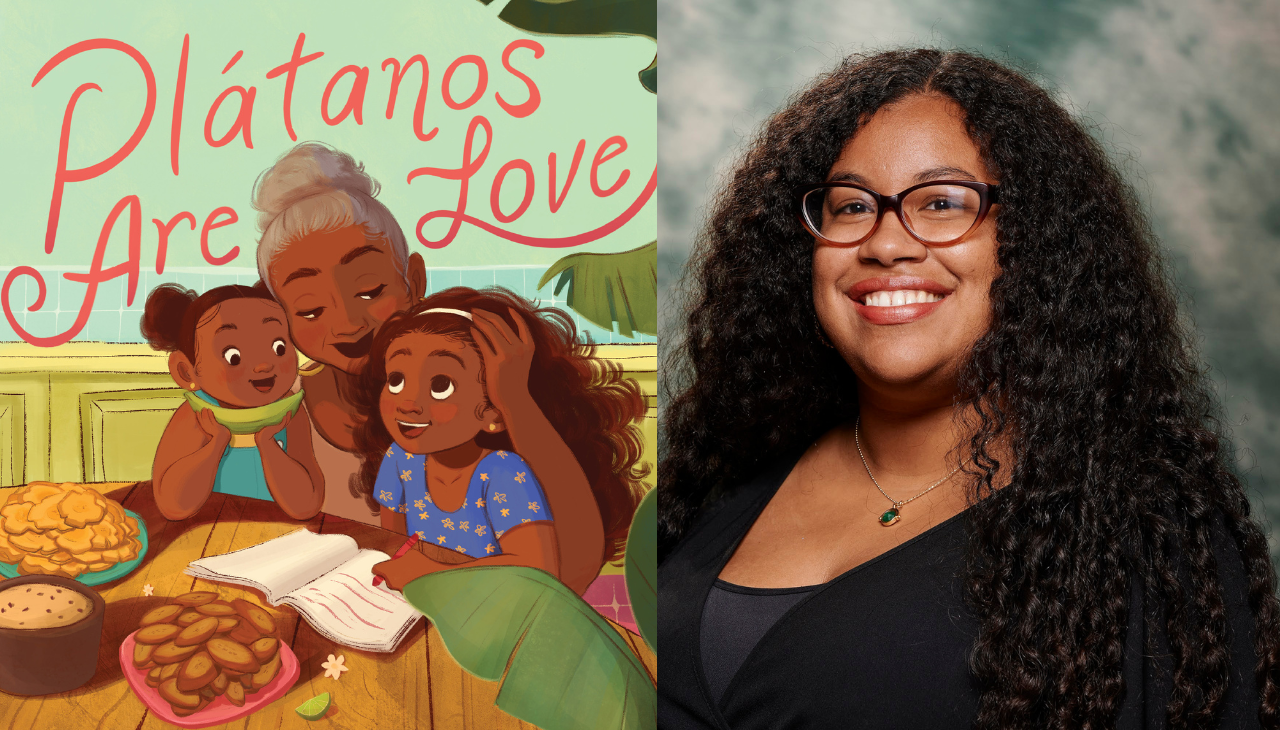
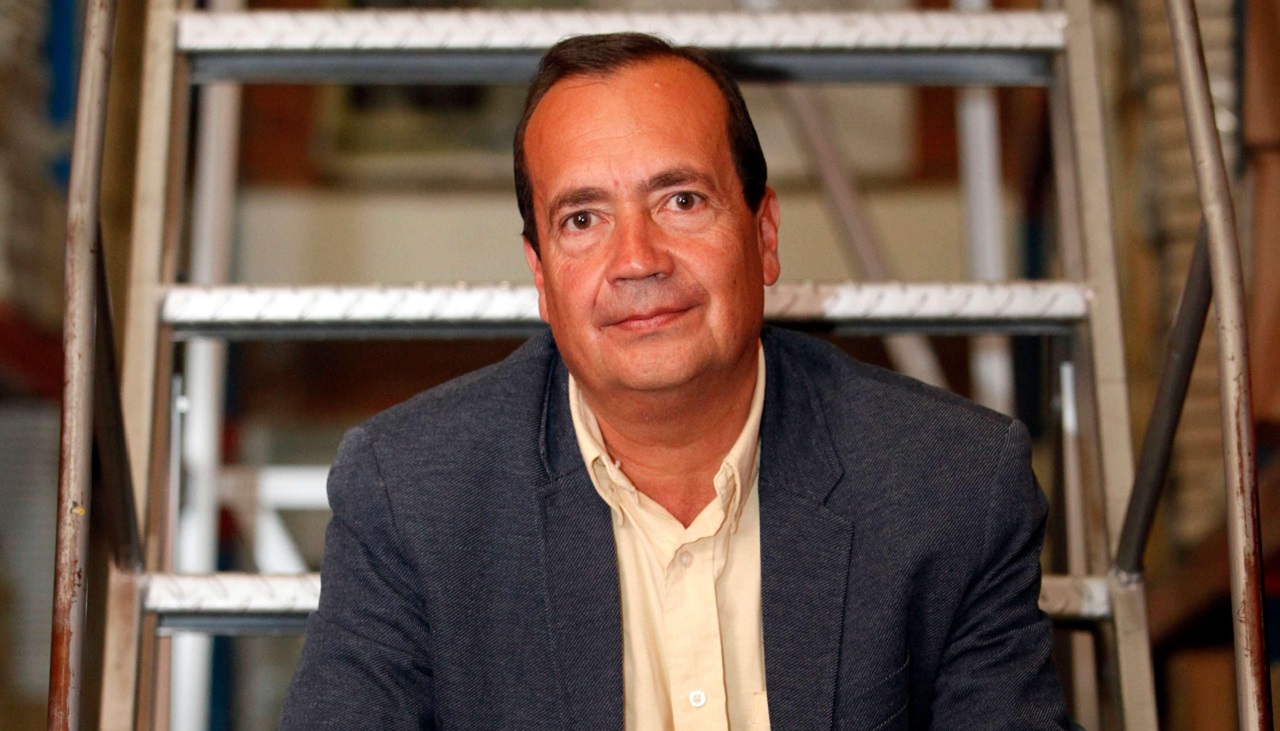


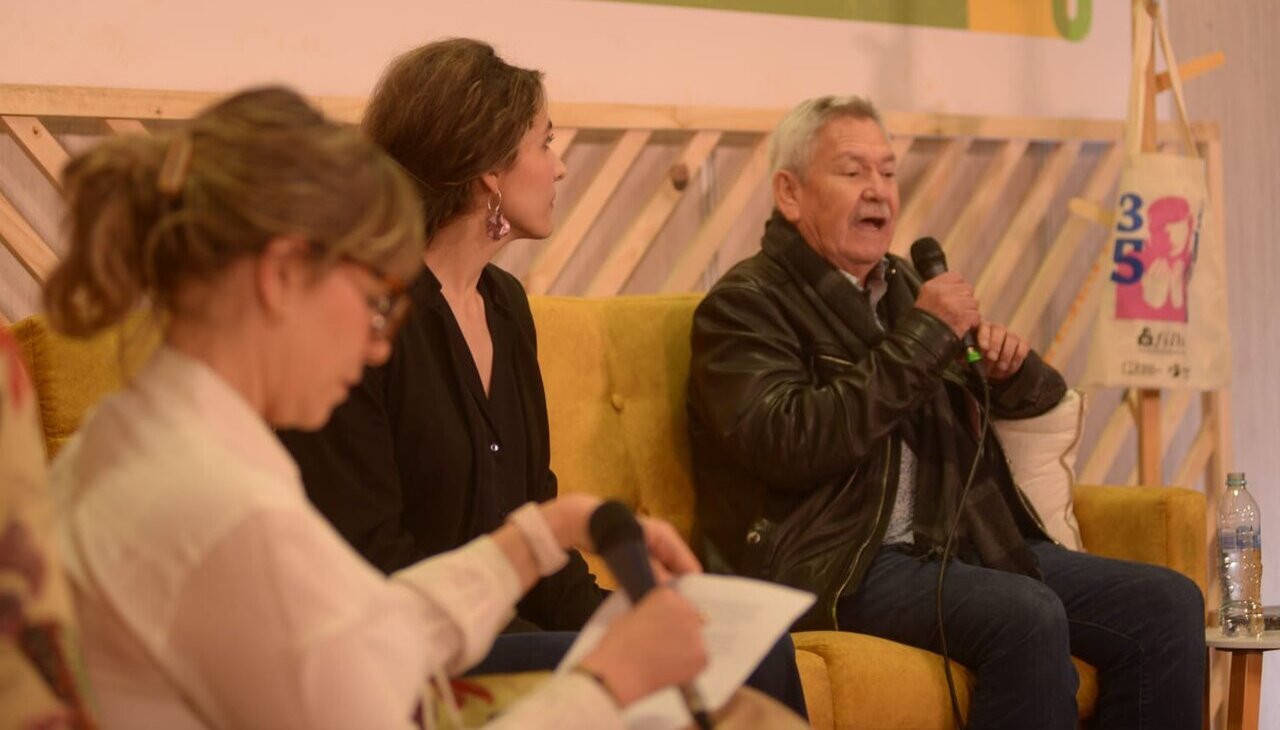

LEAVE A COMMENT:
Join the discussion! Leave a comment.